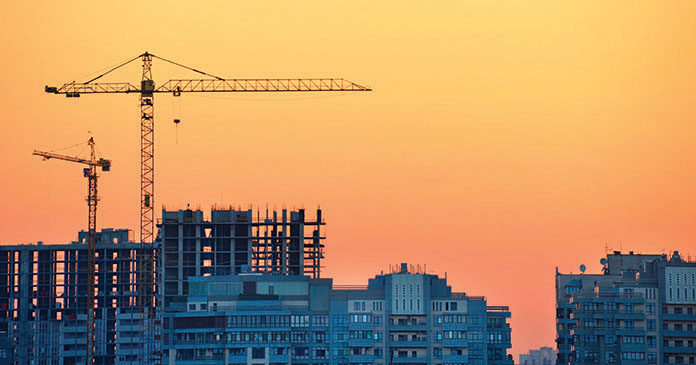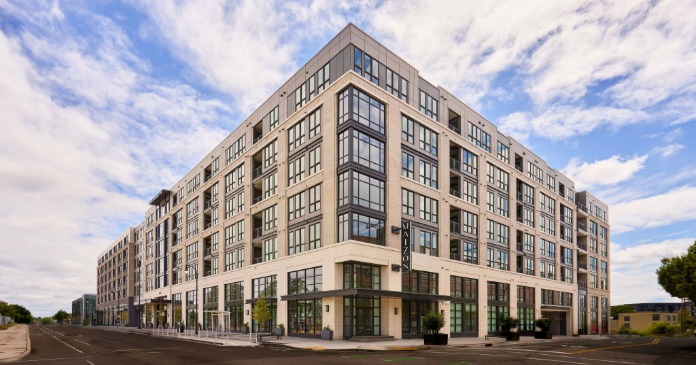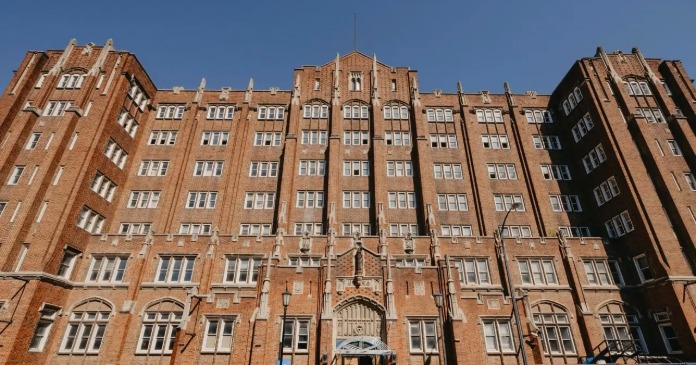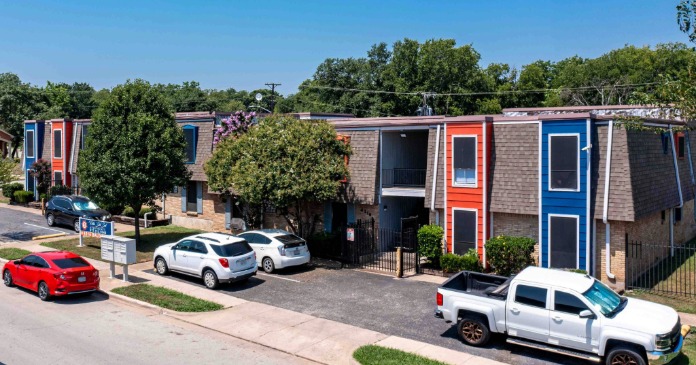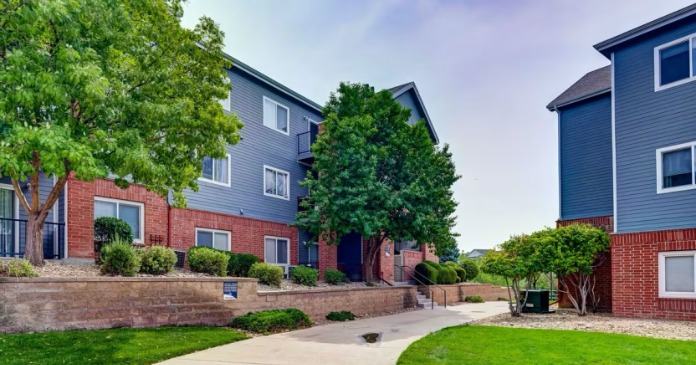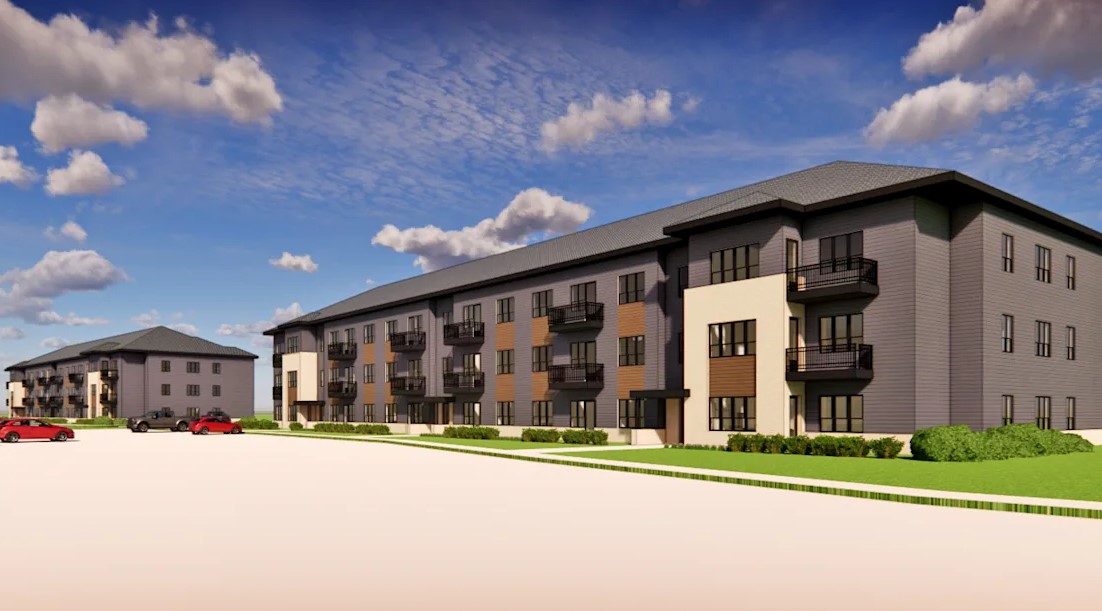Increasing apartment supply is slowing new lease-up velocity, said Madera Residential head of investment strategy and research Jay Parsons.
Leasing velocity for newly built apartments is at its slowest pace in recent memory, yet aggregate lease-up demand remains robust, Parsons points out on his LinkedIn page.
Newly built apartments in lease-up signed just 10.7 leases per month on average over the past year, down from the peak of 18 leases per month set in early 2022.
Parsons asks, “Are lease-ups so expensive that there isn’t sufficient demand at those prices?” and punctures that theory with the fact that net absorption among all U.S. apartments in the first half of 2023 was the second-best for any calendar year in more than two decades.
He points to the usual suspect, supply. More than 605,000 units were in initial leasing stages as of June 2024, more than double the cycle low point of early 2022.
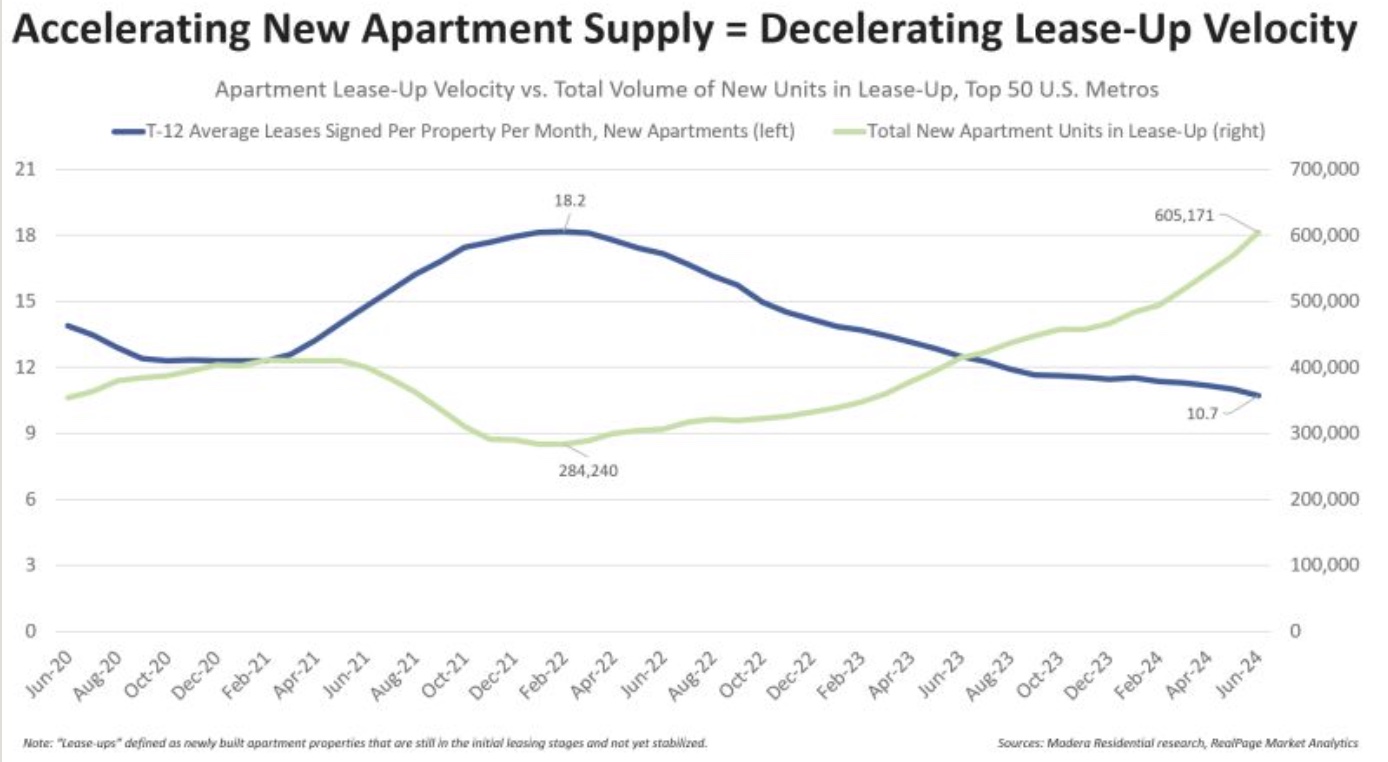
“So it’s no surprise that per-property leasing velocity peaked when supply levels bottomed, and that per-property leasing velocity is now bottoming as supply peaks,” he said, implying a slower lease-up process and a number of impacts for developers.
Developers must complete initial lease-up and achieve stabilized occupancy within the first 12-month leasing cycle or they will be renewing leases at the same time they are trying to fill up new units coming online.
This makes it difficult to burn off any lease-up concessions or increase effective rents to match initial underwriting, since renewing renters will be reluctant to pay more when the property is advertising two or three months free and perhaps even lower asking rents on the property website, he said.
“These same renters might even be enticed by generous concessions and/or lower rents at other newly built apartments nearby,” said Parsons.
Slower leasing velocity also means it takes longer to achieve stabilization, which is a trigger for developers to either refinance or, in the case of merchant builders, sell and return capital to investors.
“Contrary to social media theories, developers are highly incentivized to lease units as fast as reasonably possible, because most rely on pricey short-term construction loans, and cannot refinance to permanent loans with better terms until they fill up the units and achieve property stabilization,” he said.
The bottom line is that slower leasing means the entire process takes longer and impacts developers via less revenue (lower occupancy plus usually lower rents) plus sustained higher debt costs plus further delayed future projects, he said.
For all the reasons listed above, developers in lease-up today are offering generous concessions as well as reducing the base asking rents, meaning lease-up rents are falling even as rents on existing apartments hold flat, compressing the premium to rent a newly built apartment.
Parsons thinks this is a short-lived headwind, since starts are now plummeting below pre-COVID norms.


